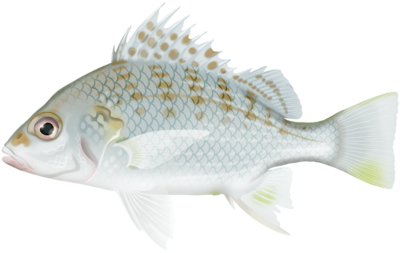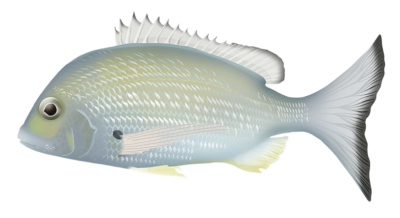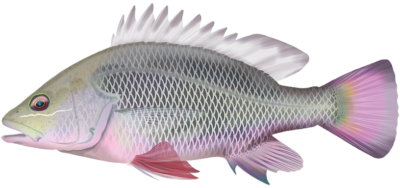Discover
Fishing Mangrove Environments
Fishing Australian Mangroves
Mangroves are very productive habitats for fishing, and Australia is full of them. These rich and diverse habitats stretch along much of the coastline, providing a unique fishing experience regardless of region. From the more tropical mangroves in the north to the temperate ones in the south, each has its own unique blend of fish species and ecosystems to discover.
Mangroves are particularly popular with fish due to the sheltered and nutrient-rich environment they provide. The complex root systems of the mangroves offer an excellent refuge for smaller fish, protecting them from larger predators. At the same time, these roots act as a filter for the water, trapping organic material that serves as food for a wide range of marine life. This makes mangroves a prime feeding ground, attracting a variety of fish species.
In addition, mangroves serve as crucial breeding grounds for many fish species. The sheltered environment offers a safe space for fish to lay their eggs and for their young to grow, away from the harsher conditions of the open sea. All the above elements help contribute to fantastic year-round fishing in the mangroves.
Quick Facts
- Mangroves provide vital habitat for a range of species including fish, crabs, birds, and reptiles. They also help protect shorelines from erosion and storm damage.
- Mangroves are often used as a nursery habitat for a variety of commercially important fish species, including Barramundi, Mangrove Jack, and Flathead.
- Mangroves are also a popular recreational fishing spot for anglers targeting species such as Mangrove Jack, Threadfin Salmon, and Bream. However, it’s important to fish sustainably and not damage the sensitive ecosystem of the mangroves.
Common fish caught in mangroves
Blue Threadfin are typically found in tropical and subtropical waters in northern Australia, including rivers, estuaries, and mangrove environments. They are known to be quite elusive and are often caught using live bait or lures.
Barred Javelinfish or Grunter are commonly found in the shallow waters around mangrove environments. It’s important to fish near mangrove edges, structure, and creek mouths during the tide changes for the best chance of success.
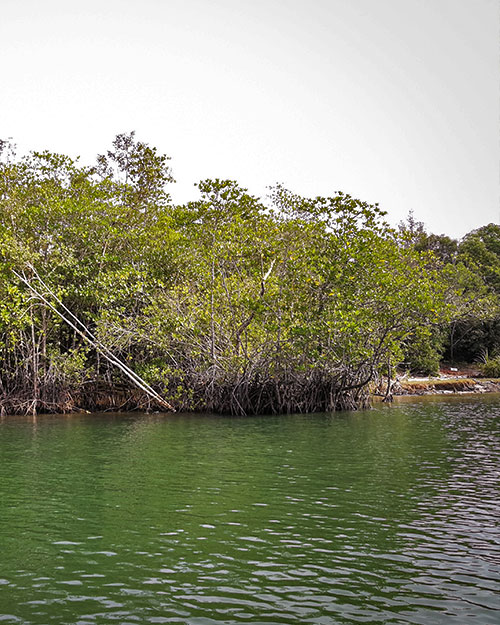
Where and how to fish mangroves
When fishing in mangroves, there are several key areas that anglers can target to improve their chances of catching fish.
A great place to start are the roots and overhanging branches of the mangroves. Many species of fish use these as hiding spots, darting out to capture prey as they pass by. Ambush hunters will also bury themselves in the sand, silt or mud along these edges. Casting your lure or bait close to these structures can often yield good results.
Tidal creeks and channels are also hotspots for fish in mangrove areas. As the tide moves in and out, it carries with it small fish and other food sources, attracting larger fish to these areas. Fishing during changing tides, particularly the last couple of hours of the incoming tide and the first few hours of the outgoing tide, can often be a successful strategy.
Look for signs of fish activity, such as jumping fish, surface disturbances, or birds diving to catch fish. These can all indicate that fish are present and actively feeding. Mud trails can also signal the presence of fish or crustaceans moving through the shallow areas.
Finally, oyster beds or other types of underwater structure within the mangrove system can also attract fish. These structures provide both food and shelter for fish, making them prime fishing spots.
The best bait and tackle for fishing mangroves
The best bait and tackle for mangrove fishing will depend on the species you’re targeting, but here are some general recommendations.
Bait:
Live bait: Using live bait such as prawns, yabbies, mullet, or small baitfish can be very effective in attracting a variety of fish species, including mangrove jack, barramundi, jewfish, and estuary cod. Keep the bait lively by using a bait bucket with an aerator or changing the water frequently.
Dead bait: Dead bait, such as pilchards, prawns, or squid, can also work well for certain species like bream, flathead, or snapper. Cut the bait into small pieces or use whole depending on the target species and their feeding habits.
Artificial lures: Soft plastic lures, hard-body lures, and poppers can be effective for targeting predatory fish such as barramundi, mangrove jack, jewfish, or trevally. Experiment with different colours, sizes, and retrieval techniques to find the best combination for the conditions and target species.
Tackle:
Rod and Reel: A medium to heavy spinning rod and reel combo, around 7-8 feet in length, is versatile enough for most mangrove fishing situations. Look for a reel with a smooth drag system and spool it with 15-30lb braided line for improved casting distance and sensitivity. Use a lower pound braid for smaller species.
Leader: Use a 20-50lb fluorocarbon leader, depending on the target species and structure. Fluorocarbon is abrasion-resistant and nearly invisible underwater, making it less likely for fish to detect. Use a lower pound leader for smaller species.
Hooks: Choose the appropriate hook size and style for your bait. For live bait, a circle hook in the size range of 1/0 to 6/0 can work well, depending on the bait size and target species. For dead bait or soft plastics, use a J-hook or worm hook, adjusting the size to match the bait.
Sinkers and floats: Depending on the water depth, current, and target species, you may need to use a sinker or float to present your bait at the right depth. For shallow water or fishing around structure, a running sinker rig or a float rig can work well to keep the bait off the bottom and reduce the chances of getting snagged.
As with any type of fishing, be prepared to adapt your approach based on the local conditions and advice from experienced anglers in the area. The more you learn about the specific behaviors of the fish species in your chosen mangrove system, the better equipped you’ll be to select the most effective bait and tackle for success.
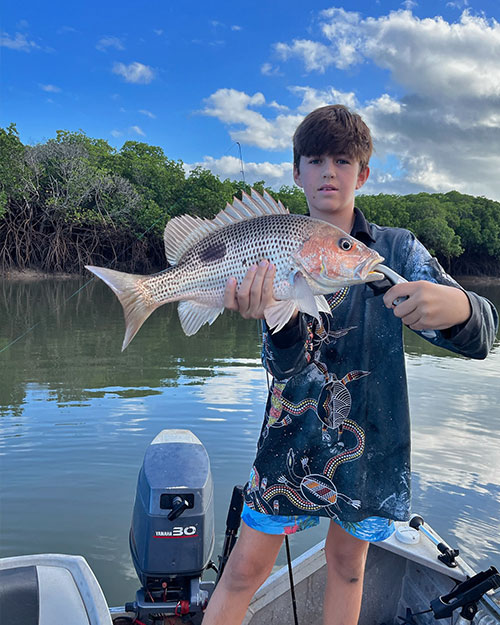
Top Target Species
Mangrove jack are known for their fierce fighting ability and delicious flesh, which makes them a popular target for sport and commercial fishing.
They are typically found in estuaries and mangrove environments, where they hide in the roots and snags of mangrove trees. They are known for their aggressive behaviour and are often caught using live bait or lures that mimic their natural prey.
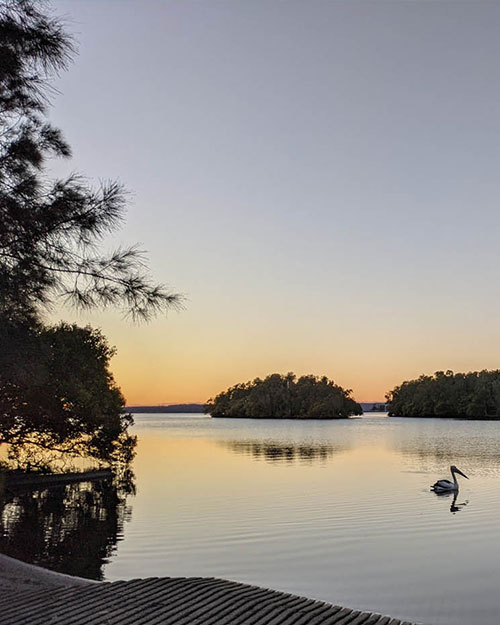
The best time and season to fish mangroves
The ideal time and season for mangrove fishing can vary based on the location and the specific fish species you’re targeting. Here are some fishing tips on seasons and times.
Time of Day:
Generally, mangrove fishing is most productive during the early morning and late afternoon. Many fish species are active during these periods, aligning with their feeding habits. Since some fish are more nocturnal in their feeding patterns, dawn and dusk often represent transitional feeding times when fishing can be particularly active.
Tides:
Tidal changes significantly impact mangrove fishing. Different fish species have preferences for either high or low tide. In general, the changing of tides stirs up food sources and prompts fish to be more active. Thus, fishing two hours before or after the peak of high or low tide can be a successful strategy.
Seasons:
The best time to fish can also depend on the fish species you’re targeting, as each has different seasonal habits.
Summer (December to February): Warm water species such as barramundi, mangrove jack, and king threadfin are typically more active. Early morning and late afternoon fishing can be especially productive due to cooler temperatures.
Autumn (March to May): This period is often an excellent time for mangrove fishing in Australia. Numerous species, including mulloway, Australian salmon, and snapper are active during this season.
Winter (June to August): In the winter months, species such as luderick, bream, and tailor are commonly targeted. Due to colder water temperatures, midday fishing when it’s warmer might yield better results.
Spring (September to November): As the water gradually warms up, many species like flathead, whiting, and mulloway begin to be more active. This season can be particularly rewarding for targeting species like flathead as they move into shallower water to spawn.
Remember, these are broad guidelines, and actual fishing conditions can be influenced by various factors, including local weather and water conditions, bait availability, and more. Always check local fishing regulations, including size and bag limits, before heading out.
Mangrove fishing safety and regulations
Fishing in mangroves can be fun and productive, but it also requires adhering to safety guidelines and regulations to ensure both your own safety and the protection of these unique ecosystems.
Safety:
Be aware of the tide: Mangrove areas can flood quickly with the incoming tide, and it’s possible to become stranded if you’re not careful. Always check the tide times and be aware of the local conditions.
Protect yourself from the sun: Australian sun can be intense, particularly in the northern regions. Always wear sun-protective clothing, a hat, and sunscreen, and drink plenty of water to stay hydrated.
Watch out for wildlife: Mangroves are home to a range of wildlife, including potentially dangerous species like crocodiles and snakes, particularly in the northern regions. Always keep a safe distance and never provoke or disturb these animals.
Wear suitable footwear: The floor of a mangrove forest can be muddy and slippery, and there can be sharp shells or other objects. Always wear suitable footwear to protect your feet.
Regulations:
Fishing regulations in Australia vary by state, and it’s important to check the specific rules for the area where you’ll be fishing. However, some general regulations include:
Fishing licenses: Most states require you to have a recreational fishing license. These can often be purchased online or at local fishing supply stores.
Bag and size limits: There are usually specific bag and size limits for different species of fish. These limits are in place to ensure sustainable fishing practices and protect fish populations.
Fishing gear restrictions: There may be restrictions on the types of fishing gear you can use, and on practices such as spearfishing or net fishing.
Protected areas: Some areas, particularly those within marine parks or reserves, may be protected and fishing may be restricted or prohibited.
Closed seasons: Some fish species have closed seasons to protect them during their breeding period. Always check if there are any closed seasons for the species you’re targeting.
Remember, the information above is a general guide, and the specific regulations can vary. Always check the local rules and regulations before you go fishing.
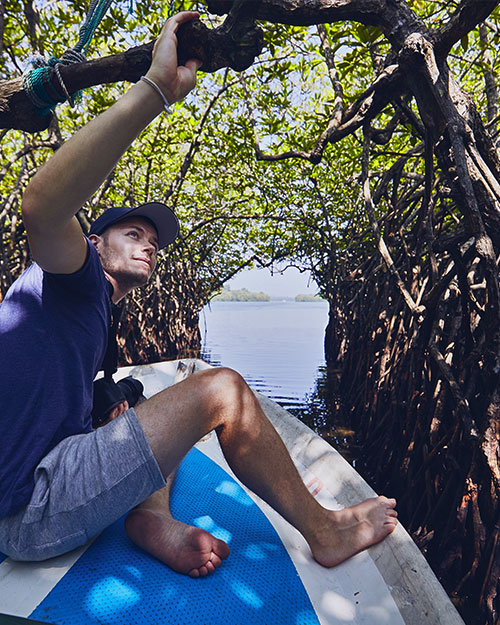
Tips and Tricks for Fishing Mangroves
Where are the best spots to catch fish in mangroves?
Whilst predator fish swim up and down the length of the mangroves looking for prey. Typically speaking points and coves will hold different species of fish. Outside of these areas, look for structure and other opportunities likes baitfish disturbances or diving birds.
What bait should I use when fishing in mangroves?
Live bait such as prawns, mullet or herring can be effective in mangroves. Soft plastic lures can also work well, especially when rigged with weedless hooks to avoid getting snagged on vegetation.
What time of day is best for fishing in mangroves?
Early morning and late afternoon tend to be the best times to fish in mangroves as this is when fish are most active. However, it’s important to pay attention to the tides as fish will often move with the tide.
How should I approach fishing in mangroves?
It’s important to be stealthy when fishing in mangroves. Try to approach quietly and avoid making too much noise as this can scare off fish. Casting into the shadows and pockets of deeper water around the mangroves can also be effective.
Search the Australian
Fish & Marine Life Database
Australian Fish & Marine Species Identification – Freshwater & Saltwater Fish, Sharks, Rays and Invertebrates of Australia.
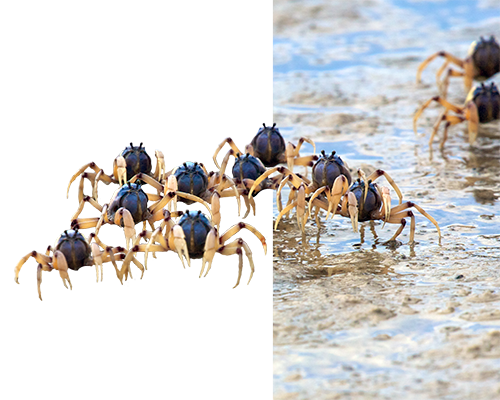
Explore Other Environments
Australia offers an incredible variety of fishing habitats, including coral reefs, rugged coastlines, pristine estuaries, sandy beaches, meandering rivers, and freshwater lakes, providing anglers with abundant opportunities for fishing – Learn more below.
Lake
Sandflat
River
Reef
Breakwall
Ocean rocks
Beach
Estuary
Discover More
Dive into our resource library to learn fun facts and get information on everything about mangrove fishing and more. All your Australian marine life and lifestyle resource in one place!
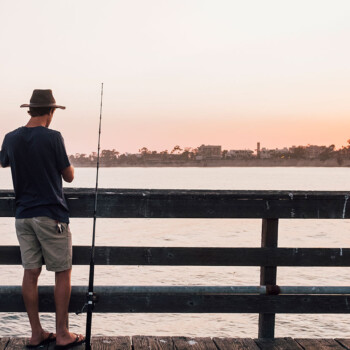
Bait Jig Rig & Variations
Bait jig rigs represent a crucial piece of tackle for the angling world, blending the art of lure design with the...

Running Sinker Rig & Variations
The running sinker rig, also known as the ball sinker rig, is an extremely popular and easy to create rig. There...
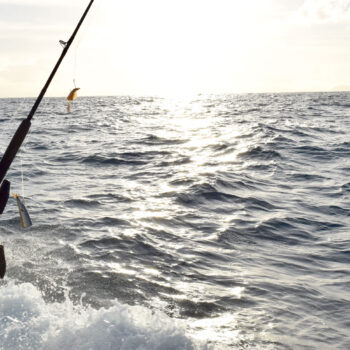
Paternoster Rig & Variations
The paternoster rig and its variations are a popular and easy rig to create. It can be created with single or...

Tips for hiring a boat
Hiring a boat is an excellent way to explore the beautiful waterways of Australia. Whether you want to go fishing,...

Top boating activities
Australia is surrounded by water, with a vast coastline and numerous lakes, rivers, and waterways, making it a...
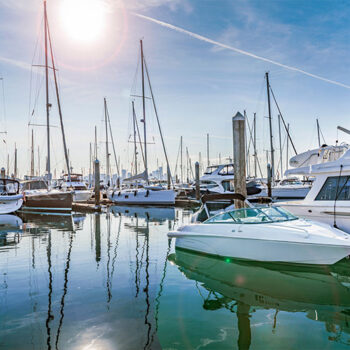
What type of boat is best for me?
Australia is a nation surrounded by water, making boating a popular recreational activity for many Australians....

An introduction to game fishing
Game fishing is a popular recreational activity in Australia. Known for its vast coastline and abundant marine...
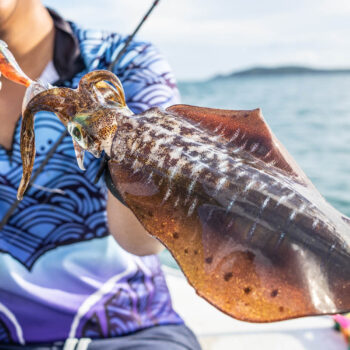
How to catch squid
Catching squid is a popular pastime in many coastal communities around the world. Whether you're an experienced...



